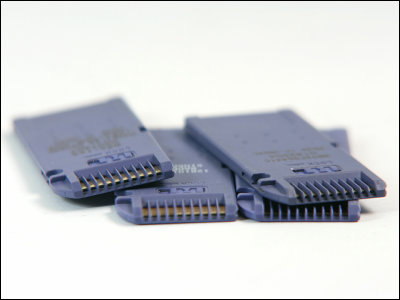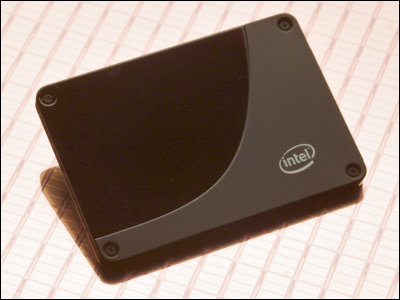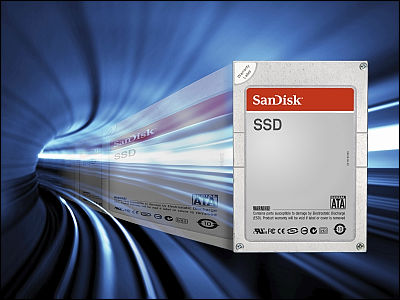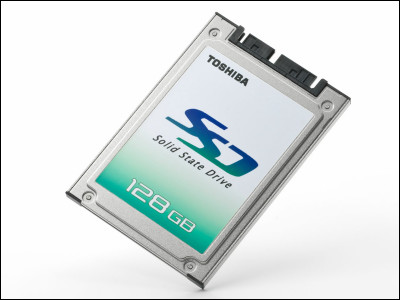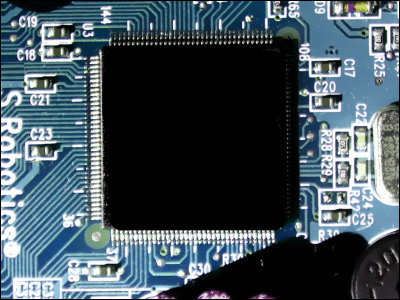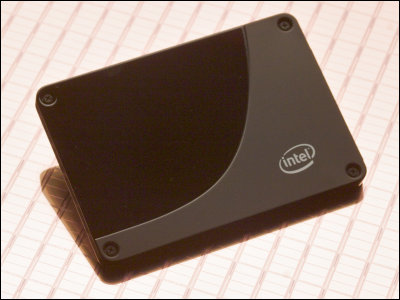SSD + ReRAM hybrid SSD technology that reduces power consumption by 93% and writing speed 11 times
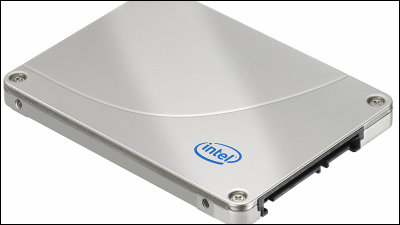
ByIntelFreePress
Resistance change type memory (ReRAM)Hybrid SSD architecture dramatically improving performance and life by combining flash memories was developed by Professor Ken Takeuchi of the Faculty of Science and Technology, Chuo University. As the power consumption is reduced by 93%, installing this hybrid SSD on a smartphone will make it possible to extend the battery operating time significantly. Also, at the data center, SSD exchange frequency can be reduced, so cost reduction can be expected.
In addition, the top image is an image to the last, this is not the real thing.
Chuo University | Public Relations / Hearing Activities | Press Release List | Hybrid SSD with ReRAM and Flash Memory, which doubles performance, reduces power by 93%, lifes life by seven
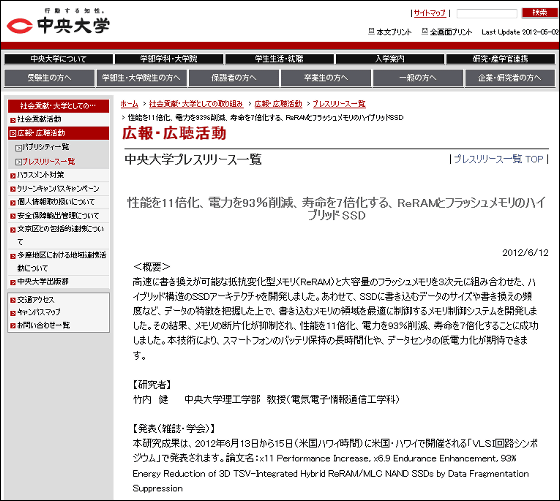
"Professor Takeuchi of Chuo University and others develop hybrid SSD technology with performance of 11 times, power 93% reduction, lifespan of seven times" covered by Nikkei Tech - On at the VLSI Symposium - Takeuchi Lab. diary
According to the release, Professor Takeuchi developed a hybrid structure SSD architecture combining ReRAM and flash memory in three dimensions. In addition, we developed a system that optimally controls the area of memory to be written after grasping features such as data size to be written to SSD and frequency of rewriting. This prevents fragmentation of memory and increases overall SSD performance. This research result isVLSI Symposium 2012An announcement took place.
At present, large capacity NAND flash memory is used for SSD, but NAND flash memory takes 1 ms to rewrite. On the other hand, ReRAM is characterized by high rewriting speed of 50 nanoseconds. Therefore, in this research, we proposed hybrid structure SSD using ReRAM of about 8 Gbits as cache and storage for 256 GB NAND flash memory. In addition to improving the performance of SSD itself by ReRAM in charge of rewriting small data, it realized low power consumption and drastically improved lifespan. As a result of operating on the emulator together with the memory control system,The write performance of SSD is reduced by 11 times, the power consumption is reduced by 93%, and the rewriting life has increased to 6.9 timesIt was confirmed that.
This is ReRAM
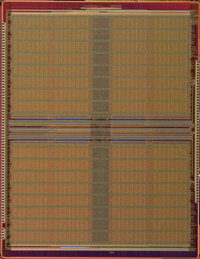
The hybrid SSD has such a structure

By the way, in this hybrid SSD, as ReRAM shares writing to NAND flash memory as described above, ReRAM is overworked, but in terms of the number of write times it is about 30 times that of NAND flash memory I understood that. If the number of rewrites of the NAND flash memory is 3000 times, ReRAM will be rewritten about 100,000 times, but this is considerably lower than the level conventionally considered to be required for ReRAM. Professor Takeuchi explains that if ReRAM is to be used for these applications, rather than improving reliability and high speed,It would be better to advance miniaturization to realize larger capacity and lower costI pointed out.
Result of data fragmentation between ordinary SSD (left) and hybrid SSD (right). Green is an effective data area, and in normal SSD, it is fragmented in the entire flash memory area, but in hybrid SSD, fragmented data is restricted because frequently rewritten data and small data are stored in ReRAM.

Where SSD exchanges are required as in the case of data centers, if the lifespan is increased sevenfold, the cost will simply be reduced to 1/7, so even under the current circumstances even with the use of high cost ReRAM, I can take it.
Related Posts:
